Homemade Potting Soil: 8 Easy DIY Potting Mix Recipes
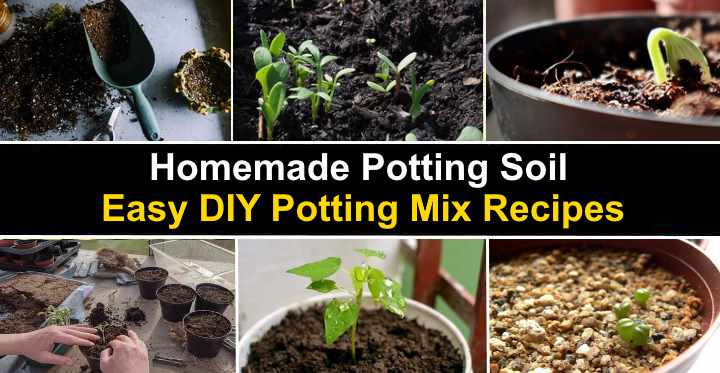
Homemade potting soil is very easy to make and cheaper than buying a commercial potting mix. By combing just a few ingredients, you can adjust DIY potting mix recipes for any of your potted plants. Homemade potting mix recipes can use peat moss, perlite, compost, sand, coco coir, or composted wood bark.
This article is a complete guide to making homemade potting soil. You’ll also find eight easy potting mix recipes for growing succulents, houseplants, orchids, shrubs, and cuttings.
Potting Mix vs. Potting Soil
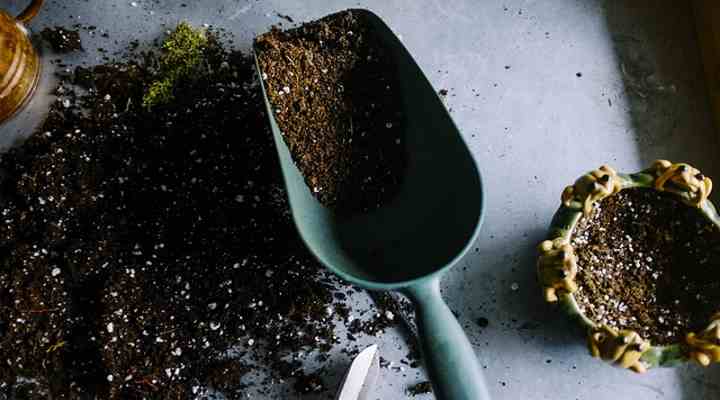
Potting soil and potting mix are a type of growing medium for potted plants
Potting soil and potting mix are a type of growing medium for potted plants. Although the terms are used interchangeably, there is a difference between the two.
Potting soil refers to any potting media that contains dirt (soil). Potting soil is usually a mixture of dirt with organic matter and inorganic matter, but it can also be completely soil. Potting mix refers to any growing medium for potted plants that doesn’t contain soil (dirt). Potting mix is usually a mixture of organic matter and inorganic matter but without soil.
Common examples of organic matter in potting soil or potting mix are peat moss, compost, and humus. Common examples of inorganic ingredients used in potting mix are perlite, vermiculite, and pumice.
Organic ingredients are added to soil to improve its structure, add nutrients, improve water retention and for adding beneficial microbes. Inorganic ingredients are added to soil to improve drainage, and for soil aeration.
In this article, we’ll use the terms potting soil and potting mix interchangeably.
What is Potting Soil?
Potting soil is usually a mix of peat moss, compost, and perlite or coarse sand. The organic ingredients contain microorganisms and nutrients essential for plant growth. They also help retain moisture. Inorganic ingredients in the potting mix create air pockets that improve drainage, encourage root growth, and oxygenate the soil.
Good potting soil is vital to help houseplants thrive indoors. The ideal potting mix is adapted to the specific plant’s growing needs. The best potting soil mix ensures optimal soil hydration. It retains just enough moisture and allows excess water to drain, thus preventing root rot.
You should not use soil from your garden in the potting mix because it may contain harmful bugs or microorganisms. It may also contain plant pests and weed seeds.
You should avoid reusing old potting soil when you repot plants because it may lack beneficial nutrients and contain harmful bugs. Fresh potting soil encourages healthy plant growth as it’s loaded with nutrients and microorganisms required for healthy plant growth.
Different Types of Potting Soil

Adapt your DIY potting mix to suit the specific needs of your plant
You can create different types of homemade potting soil mixes to suit your plants. Adding inorganic ingredients, such as perlite, grit, or gravel, increases drainage. Adding more organic substances like peat moss or composted bark adds nutrients and helps with water retention.
Here are a few examples of the different types of potting mixtures:
All-purpose potting soil. The most common potting soil mix is half peat and half perlite or grit. Adding composted bark can improve the potting soil’s consistency.
Potting soil for cuttings. This potting mix is a loose soilless mixture that contains perlite, vermiculite, or sand.
Potting soil for potted trees and shrubs is a mixture of equal amounts of peat or coco coir with perlite or coarse sand.
Succulent potting soil. Potting soil for succulents should contain a high proportion of inorganic matter such as perlite, pumice, or coarse sand.
Cactus potting soil mainly contains gravel or grit with some peat moss in the mix.
Potting mix for orchids. Orchids grow best in a soilless blend containing sphagnum moss, bark chippings, and perlite.
Potting Mix Ingredients
To make a DIY potting soil, it’s a good idea to know what each of the ingredients does. You can then adjust the potting mix recipe to suit your houseplants, succulents, shrubs, or orchids.
Here are the ingredients used in the potting soil recipes:
Peat moss

Peat moss
Peat moss is the primary ingredient in most commercial and homemade potting soil mixes. Peat moss is composed of organic material that has broken down over many years. The benefits of peat moss in potting soil are that it retains moisture, contains nutrients, and is inexpensive.
It’s good to note that peat moss is acidic. So, you may need to amend your potting soil with limestone to reduce soil acidity and balance pH levels.
Peat moss is sometimes called ‘sphagnum peat moss’ because it is mostly made out of sphagnum moss, which is a plant that grows on top of bogs.

Sphagnum moss has neutral pH unlike peat moss which is acidic
Coco coir
Coco coir is made by processing the fiber that covers coconuts. Coco coir—also called coco peat—is a brown, crumbly substance like peat. Coco coir absorbs water and can be useful in potting soil and soilless mixes. Unlike peat, coir has few nutrients; however, it has a neutral pH level.
Compost
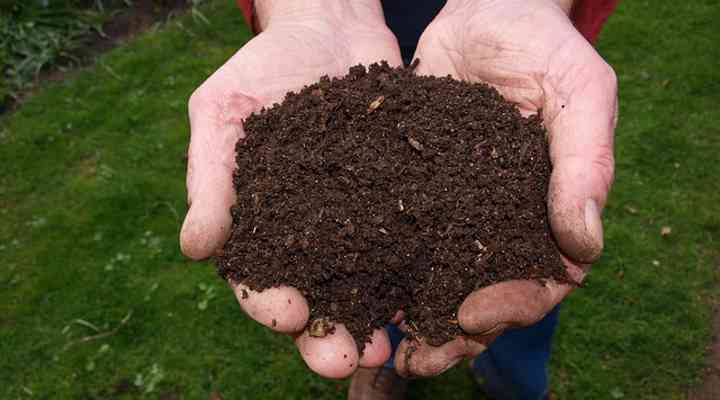
Compost
Compost is used in the DIY potting soil is because it’s an excellent soil amendment and it adds essential nutrients to the soil. Compost contains beneficial microbes that promote healthy soil and plant growth. Compost can be made from worm castings, lawn clippings, leaves, or other organic material.
It’s best to buy organic compost to ensure it doesn’t contain toxic substances.
Composted wood bark
Composted wood chips are an excellent way to amend potting mixes to increase aeration and add nutrients. A loose potting soil mix allows plant roots more room to grow and absorb the soil’s goodness. At the same time, wood chippings help retain moisture in potting soil
Perlite
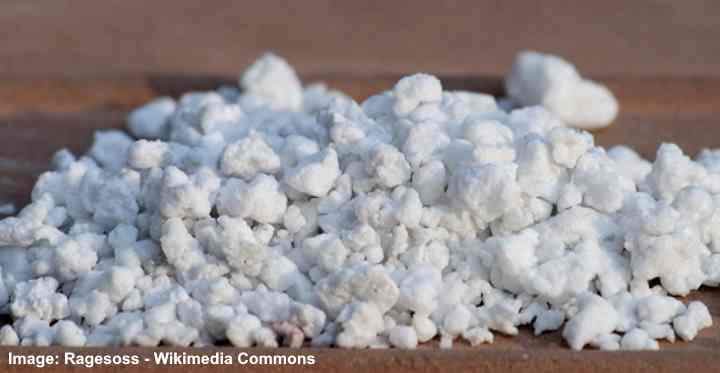
Perlite
Perlite is a natural volcanic substance that improves drainage in organic potting mixes. Perlite is made by putting granules through extreme temperatures. This process creates small white chips that look like Styrofoam balls. Perlite is ideal for potting soil—it has a neutral pH, is light, and cheap to buy.
Pumice

Pumice
Pumice is a substance derived from molten lava like perlite. Both materials are porous and help to boost drainage in soil. Many gardeners recommend using pumice rather than perlite for tall plants because it weighs more. When it comes to price, perlite is cheaper than pumice.
Vermiculite
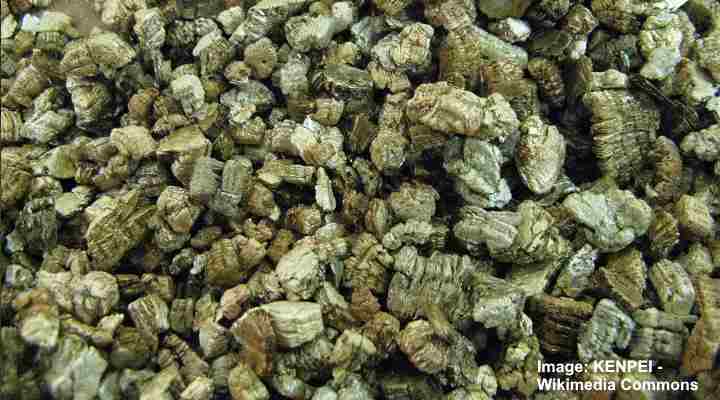
Vermiculite
Vermiculite is similar to perlite, but it retains more moisture. Vermiculite is a suitable potting soil mix addition to grow plants without soil, germinate seeds, or root cuttings. Avoid using vermiculite in potting soil for succulents or cacti.
Coarse horticultural sand
Coarse sand helps improve drainage in homemade potting mix recipes. The large sand grains allow water to flow freely through the mix without retaining any moisture. Coarse sand is ideal for adding to succulent potting soil and some types of cactus potting mix.
Avoid using fine sand because it can reduce drainage and lead to root rot in desert plants and succulents.
Alternatives to using coarse sand include crushed granite, aquarium gravel, or poultry grit.
Limestone
Limestone is necessary for DIY potting soil recipes to increase alkalinity. Peat is acidic, and many houseplants need neutral or slightly alkaline soil to grow. Add limestone to potting soil to neutralize pH levels.
Fertilizers
Fertilizers are essential for homemade potting soil recipes to add essential nutrients. The best kinds of houseplant fertilizers are organic-based ones. This plant “food” helps feed plants with all the nutrients they need to thrive and keeps potted plants healthy. Examples of organic fertilizers are worm tea, compost tea, kelp, or fish emulsion.
How to Make DIY Potting Mix
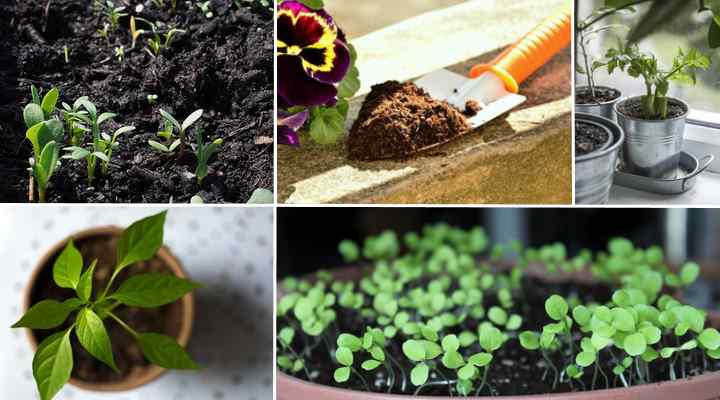
A basic recipe for homemade potting mix includes equal amounts of peat moss and perlite.
The basic recipe for making homemade potting soil is equal parts of peat moss and perlite. Add the ingredients to a large bucket and thoroughly mix with a trowel. If you need to amend the DIY potting mix, adjust the quantities, and add other ingredients.
To make the DIY potting soil, you’ll need the potting soil ingredients, a large jar for measuring, a bucket, and a safety mask.
The instructions for DIY potting soil measure ingredients are in “parts.” The size of each “part” depends on how much soil you are making. The most important thing is to keep the ratios the same.
All you need to do, is put on a safety mask, add all the ingredients to the bucket, and mix well.
Homemade Potting Soil Recipes
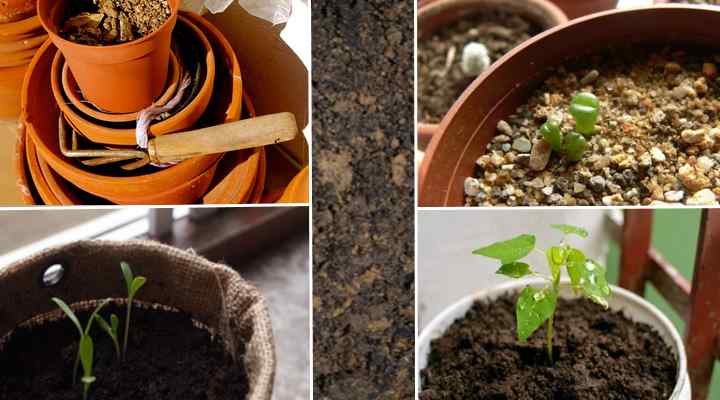
Making potting soil at home is effortless. With a few essential ingredients, you can mix the parts to create an ideal growing medium for any potted plant. Here are eight DIY potting soil recipes you can make yourself.
All-Purpose Potting Soil Recipe
An all-purpose potting mix contains nutrients for houseplants, retains some moisture, and doesn’t allow the soil to become too soggy.
Here is the recipe for all-purpose potting soil:
- 2 parts peat moss or coco coir
- 1 part compost
- 1 part perlite or pumice
- A tablespoon of ground limestone if you use peat moss
Potting Mix Recipe for Cuttings
A soilless potting mix is best for cuttings to give the delicate roots enough oxygen and room to grow.
The potting mix recipe for cuttings is:
- 1 part peat moss or coco coir
- 1 part perlite or coarse sand
Alternatively, you could use moistened vermiculite to root cuttings. Vermiculite has good water retention to help keep cuttings moist.
Potting Mix Recipe for Starting Seeds
Growing plants from seeds requires getting the right type of seedling soil. This potting mix should be lightweight, have good water retention, and fast draining.
The recipe for homemade soil for seeds is:
- 4 parts peat moss
- 1/2 part perlite or coarse sand
- 1/2 part vermiculite
- 1/4 teaspoon of limestone
Succulent Potting Soil Recipe
Succulents are drought-tolerant plants that require a fast-draining potting mix while only retaining a little moisture.
The DIY potting mix for succulents is:
- 1 part compost or coco coir
- 1 part perlite
- 1 part horticultural sand
Read the complete guide to making the best succulent soil.
DIY Recipe for Cactus Potting Soil
Cacti require similar potting soil to succulents, but with a few amendments. Potted cactus plants need soil that is dry most of the time.
Here is the homemade recipe for cactus soil:
- 1 part compost or coco coir
- 1 part grit or coarse gravel
- 1 part perlite
Some people use sand in a cactus potting mix but this isn’t ideal. Sand can be too fine for the cactus potting soil and not allow for sufficient drainage. The only type of sand you can use would be very coarse horticultural sand. However, grit, gravel, or crushed stones are a better option for cactus soil.
Read the complete guide to making the best cactus soil.
How to Make a Potting Mix for Orchids
Orchids can grow in a soilless environment. The most important thing to remember is that their epiphyte roots need to get plenty of air to absorb moisture and nutrients from the environment.
The DIY potting soil for orchids is:
- 3 parts fir bark
- 1 part chopped coarse sphagnum moss
- 1 part perlite
Homemade Potting Soil Recipe for Vegetables and Herbs
Growing vegetables and herbs requires a potting mix with plenty of nutrients and microorganisms to grow delicious food.
The recipe for homemade potting soil to grow edible plants is:
- 2 parts peat moss
- 3 parts compost
- 1 part vermiculite
- 1 part perlite
- 1 tablespoon of limestone
- Organic fertilizer for edible plants
Recipe to Make Potting Soil for Potted Trees and Shrubs
Potted trees and shrubs require a similar potting soil mix for houseplants. However, you can try this soil recipe if you are growing trees or shrubs in pots indoors.
The DIY potting soil mix recipe for trees and shrubs is:
- 3 parts compost
- 3 parts peat most or coir fiber
- 2 parts composted pine bark
- 3 parts perlite
- 2 parts coarse horticultural sand
Read the complete guide to the best indoor plant fertilizers
Safety Precautions When Making Homemade Potting Soil
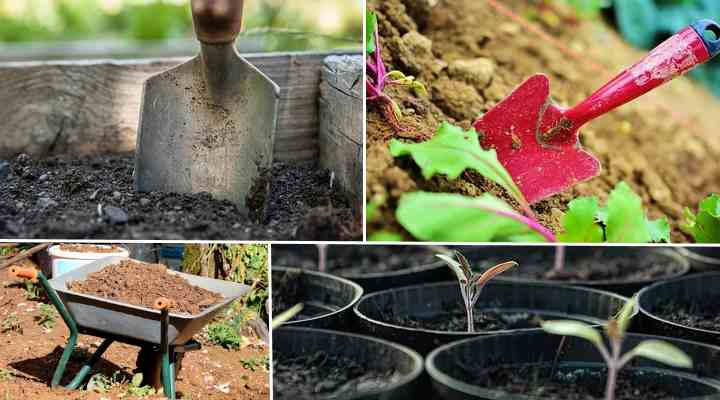
When making your homemade potting mix, use a face mask and gloves to protect your health
When making a DIY potting soil mix at home, it’s vital to take safety precautions. Simple precautions such as a mask and gloves can help protect your health. Although there are no toxic chemicals used in homemade potting soil, peat moss and other decomposed organic matter can contain harmful bacteria.
For example, a medical journal reported in 2020 that potting mix and compost could contain Legionella longbeachae bacteria. This is the bug that causes Legionnaires’ disease.
Here are some simple ways to avoid contamination from potting mix ingredients:
- Wear a face mask that filters out small particles to avoid breathing in dust.
- Use protective gloves when working with potting soil ingredients.
- Always wash your hands after making potting soil.
- Avoid touching your face with dirty hands.
- Wear safety glasses to protect your eyes.
- Keep a spray bottle handy to dampen dusty ingredients.
Where to Buy Potting Soil
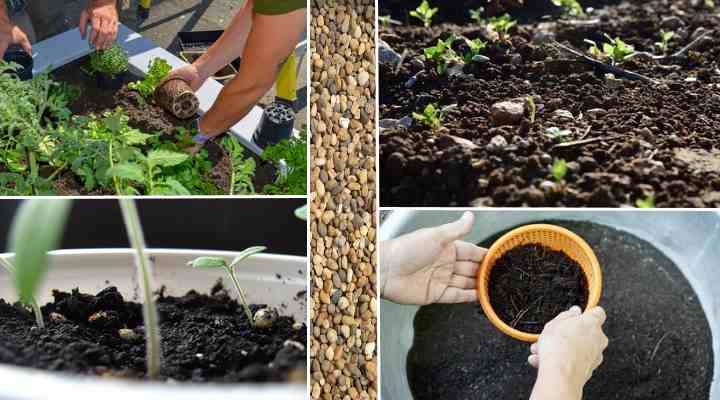
You can buy ready-made potting mix in garden centers, DIY stores or online
Although homemade potting soil is easy to make and the ingredients are cheap to buy, you may prefer to buy a pre-made potting mix for your houseplants. Some excellent products include Espoma Organic potting mix, Burpee Natural and Organic potting mix, or Miracle-Gro potting mix.
Related articles:
